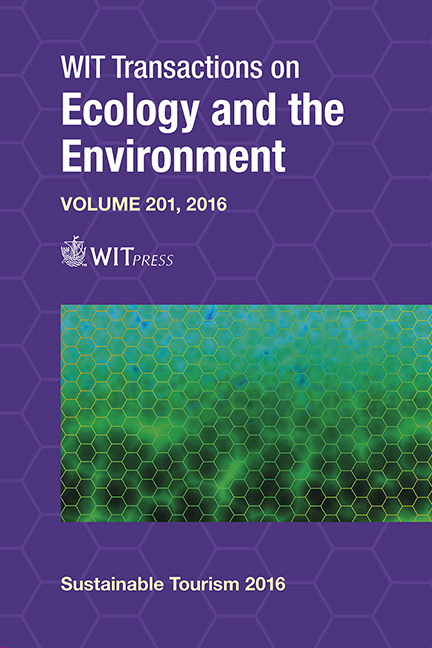Sustainable Coastal Resource Co-management
Price
Free (open access)
Transaction
Volume
201
Pages
10
Page Range
57 - 66
Published
2016
Size
377 kb
Paper DOI
10.2495/ST160051
Copyright
WIT Press
Author(s)
S. Feruzia, A. Satria
Abstract
The purpose of this paper is to analyze collaborative coastal resource management (co-management). Gili Indah is a well-known tourism destination for the foreign traveler who goes to Lombok, Indonesia. It consists of three islands which are Gili Air, Gili Meno and Gili Trawangan. Gili Indah/Gili Matra has been established as a marine protected area since 2001. Tourism in Gili Indah has impacted the socio-economic conditions of the local community. The tourism has improved the local community’s livelihood strategy and income levels but the most interesting thing is that local community’s awareness of environmental sustainability has improved significantly. The local community also has an institution that has ruled their lives; they call it awig-awig. Awig-awig sets rules for the local people in areas like coral reef resource management, sustainable fishing gears, waste management and the construction of houses/buildings on the beach. The government who represent the work unit of the marine protected area have admitted the local institution of awig-awig. The admission is legalized through village regulation. The result of the research shows that co-management in Gili Indah Village runs successfully. The local community has actively participated in coral transplantation, creating a no-pollution island and managing mangroves as ecotourism. This paper concludes that collaborative management in a coastal tourism destination is the answer for sustainable tourism and a sustainable environment.
Keywords
co-management, indigenous knowledge, marine protected area, tourism area





